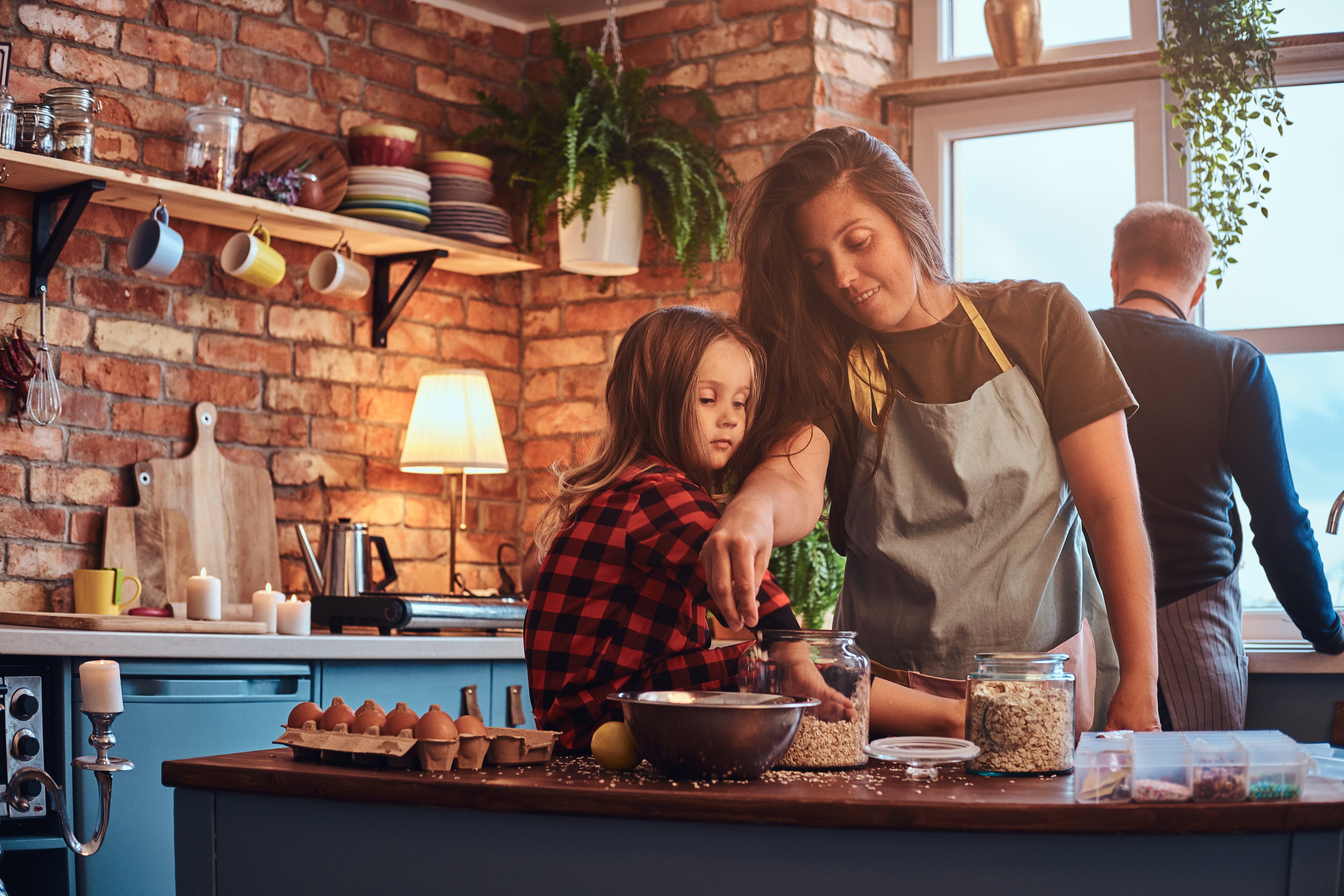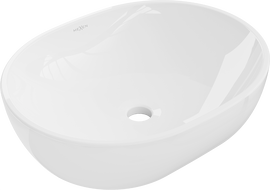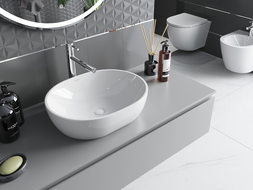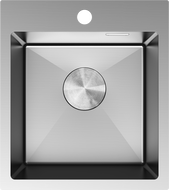
A kitchen wall finished with red brick? Why not! It's a great idea for arranging your kitchen and a simple way to create a cozy, homey atmosphere. Red or white brick will fit both a traditionally styled kitchen and an interior kept in a loft vibe. Brick in the kitchen is an interesting alternative to other methods of finishing kitchen walls.
Brick wall in the kitchen
If you are tired of the classic ways of finishing kitchen walls, you already have enough traditional tiles, and wooden paneling is not your style, we have a great solution for you. Red brick in the kitchen is an idea that is becoming quite popular, especially among people who enjoy unconventional solutions. A brick wall can fit both an ultra-modern arrangement and a kitchen with a very traditional character.
Natural wooden accents look fantastic against a brick wall. A wooden floor and furniture in a matching shade will create a space with a warm, very cozy character. If, on the other hand, we combine red brick with steel and shades of raw architectural concrete, we will achieve a room with a modern, almost industrial character. This is a great proposition for fans of loft aesthetics. Brick walls in both cases will become an unconventional decoration with a timeless character.
Red brick on the wall in the kitchen – advantages and disadvantages
Brick in the kitchen looks great, but before you finally decide on this way of finishing the walls, get to know the advantages and disadvantages of brick in the kitchen. Undoubtedly, one of the advantages is that brick is a natural material, suitable for finishing interiors even for people prone to allergies. Additionally, it's important to remember that it is very resistant to mechanical damage. Compared to most other finishes, brick is also attributed sound-insulating properties. This is a great idea when the kitchen wall adjoins a bedroom.
Unfortunately, traditional brick used for walls in the kitchen also has its disadvantages. The most significant is its weight; being a heavy material, it can visually shrink the space. For this reason, it looks much better in spacious kitchens than in kitchenettes. Moreover, it is quite easy to mar it with greasy stains. To prevent this, it’s worth considering covering the brick in the kitchen with a protective lacquer. This also applies to brick walls laid close to the sink, as they are not entirely resistant to moisture.

And what if it's not real brick?
When arranging your kitchen, you wonder about using brick, but you are not entirely convinced about its application. You worry that it will be difficult to keep clean, you fear it simply won't work in your kitchen, yet you really like the brick motif. For people like you, solutions have been created that can successfully replace real brick. Modern technology has led to the emergence of finishing materials in the form of tiles with a brick pattern. Brick imitation tiles are available in many sizes and shades.
You can choose the color of brick that suits you; you may decide on white brick or tiles in red that look exactly like old brick. This way, you will achieve the desired effect, with a brick wall as the centerpiece. The tiles are resistant to high temperatures, moisture, and mechanical damage and are exceptionally easy to keep clean.
Kitchen arrangements with brick in the lead role
Brick in the kitchen is a very decorative way of finishing walls. It looks best if you decide to place it on one wall in the kitchen, painting the remaining walls a neutral color. If you belong to the fans of Scandinavian-style kitchens, combine red brick with white furniture to create an exceptionally welcoming atmosphere. However, you don’t have to lay brick on the entire wall; it's enough to decorate a part of the wall, for example, under the hanging cabinets.
Brick in the kitchen will also look fantastic above the countertop, especially if you choose wood. Combining these natural materials will allow you to create a pastoral atmosphere in your kitchen. To enjoy the advantages of real brick in the kitchen, it’s important to remember not only proper maintenance but also that it needs to be protected. The best option here is a silicone impregnant, which will make the brick on the walls much more resistant to moisture.

















